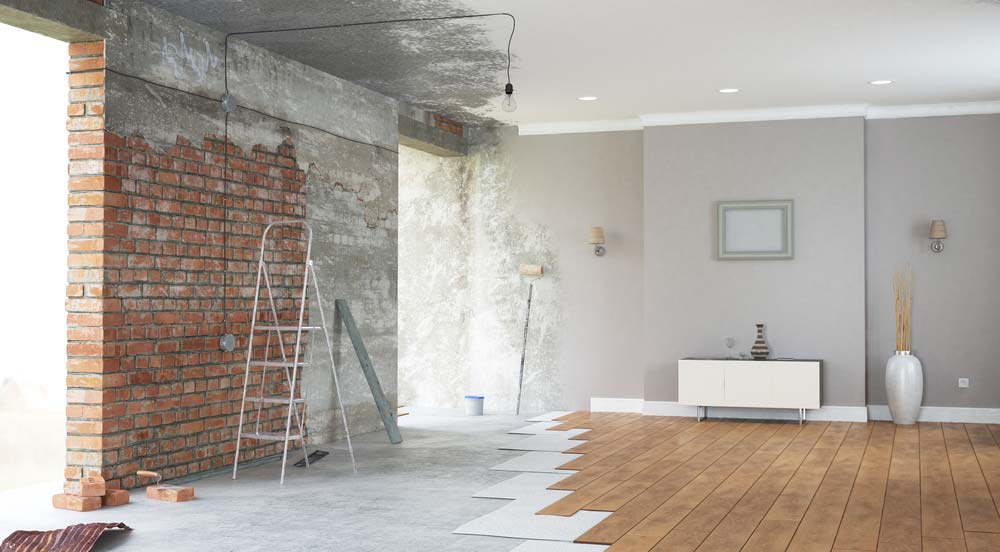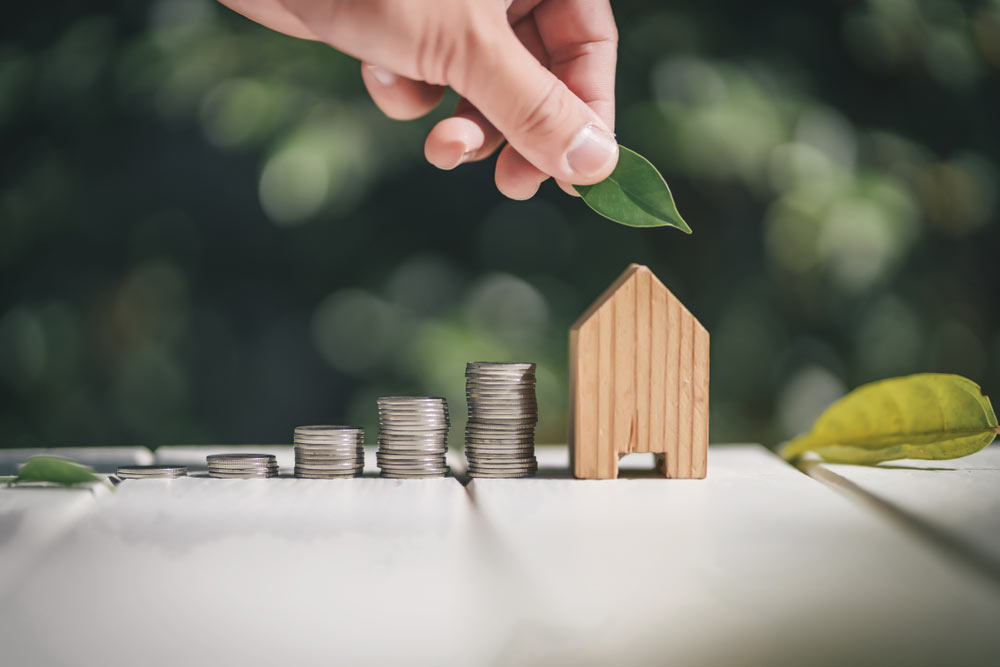
The Secret Behind Buying A Winning Property
Buying a winning property and creating a deal that, as we say in the industry “stacks up,” takes endurance and commitment so don’t rush into anything.
Most real estate is sold in the market to illiterate buyers who are impatient, emotional and who consider themselves too time-poor to show persistence and conduct proper due diligence.
Crunching deals will allow you to view real estate in a whole new light and will establish the real ROI of your investment.
When you analyse a deal, it is wise to take it through the following steps to ensure you have a basic level understanding of the property itself and how it fits into its environment.
FEASIBILITY RULE NO#1: RETURN ON DEPOSIT
Cash on cash is a term all investors should acquaint themselves with when they analyse a deal. The return on deposit percentage gives you the most accurate indicator of how fast you can do this. Here, your goal is to ensure your capital is in and out of the market within two years at the latest.
For example, if you were to put $30,000 in the market, accumulate the asset and achieve growth over 12 months to gain a further $30,000, this is considered to be a 100 per cent cash on cash return.
To put even more simply, if you had $30,000 in the bank and at the end of 12 months you had your original $30,000 plus another $30,000, you would have a pretty good deal.
Cash on cash is the same principle, only it’s achieved through the property market. It allows you to secure and retain your asset, but still have a readily available deposit to fund a new investment.
FEASIBILITY RULE NO#2: PROPERTY FINANCE
Make sure you understand what the typical finance requirements for the area are.
It is important to note that mortgage insurers and banks have classifications for various areas in the property market regarding how risky they believe the particular property market actually is and they will adjust their maximum lending criteria based on their risk rating.
The reason why they do this is they are simply protecting themselves as a business in case someone they approve a mortgage for fails to make repayments and then the bank is forced to take the property back and sell it on the local market to reclaim their monies.
If a particular market is very flat or does not look desirable the bank may ask you to put more skin into the game so to speak by lowering their maximum loan to value ratio to 80 per cent for example.
Properties can often look wonderful until you consider how much capital is required as a deposit. You need to run feasibility on lending when you are buying.
FEASIBILITY RULE NO#3: MARKET VALUE
To determine the sale-price range of properties in a particular area, it’s best to organise them by price.
This will identify the lowest priced property compared to others in the suburb which establishes a guide for how much discount to seek or when to walk away. If a property is priced well below others in the area, asking for a discount is not necessary. The best thing to do is snap it up! Money will be made “on the way in” due to good research and knowledge of the market.
FEASIBILITY RULE NO#4: THE RETURNS
Running the numbers is of huge importance. A property could look great on the surface, but until you measure the rental return, the outgoings and associated costs, you won’t know how much the true cost is per week.
No more than 30 per cent of the property income should be lost to outgoings and rents should be no lower than four per cent return at a bare minimum.
The property will still need further clarification, but as a rule, you never want to be too negative with property as it will drop its serviceability, leaving your wage or income to be the major contributor to the property’s upkeep.
This will often lead to being stuck and unable to buy again.
START WITH A PLAN
Before you buy, you should have a plan in place that guides you on what to buy, where and for how much. Your plan should also include the next steps to build out your portfolio and the experts you’ll need on your team to ensure your success is sealed.
Get started on your property investing plan at one of our free property investing seminars.
Here you’ll discover the most crucial components you’ll need to consider when building a booming property portfolio.
Recent Articles
$87K Made In 12 Weeks Through Renovation! What’s Stopping You Making Money?
Do you know everyday Aussies are making huge profits RIGHT NOW! If you wish to find out exactly how they are doing it then today’s video is a MUST-SEE! It is amazing how economic and financial experts and the media can easily influence your financial decisions so readily, which can cause analysis paralysis and prohibit you from actually making money through property investing.
3 Simple Steps To Grow Your Wealth With Property
The concept of property investing is quite simple, however, the actual process can sometimes be complex. This is why we surround ourselves with knowledgeable individuals – to learn from their experience.
3 Simple Rules To Joint Venture Success
Sometimes it pays to go it alone when investing in property. Sometimes it doesn’t. Knowing what to do if you choose to partner up with others to invest by means of a joint partnership is vital to your success – both in terms of finances and relationships.
2 Key Tips To Profitable Property Investing You Might Be Missing
Getting started as a property investor can be quite daunting. This is due in part to fear of the unknown. There is no lack of information available to beginning property investors, but not all information is created equal. In other words, some of it is completely wrong.
4 Clues A Market Is Boom Ready
Property markets move in cycles; moving from the bottom, through the growth phases and back to the bottom over a seven to ten year time period.
10 Top Tips For Off-The-Plan Property Investments
ew property investors are often intimidated by the process of buying an investment property “off-the-plan”, however knowledge is a powerful tool in that not only can it help you navigate the purchasing process.
10 Things You Must Know Before Becoming Financially Free
Building a multi-million dollar portfolio is not as hard as you might imagine. In fact, it can be achieved in as little as 10 to 15 years. All it takes is a bit of planning combined with knowledge and support from others who are where you want to be.
$100K Plus In Equity And Positive Cashflow Properties
Prior to joining Positive Real Estate, John owned a 3 bedroom home and a block of land in Adelaide and Amy co-owned a 2 bedroom home on the Central Coast of NSW. Since starting with Positive Real Estate in November of 20008 they have purchased two additional properties.
How Can Investors Educate Themselves Properly? – Your Weekend Project Challenge
“Here’s a challenge, go to an open home and see how many people will be buying real estate based on an emotional decision,” suggests Positive Real Estate’s CEO Sam Saggers, on Smart Property Investment segment, The Weekend Project.












